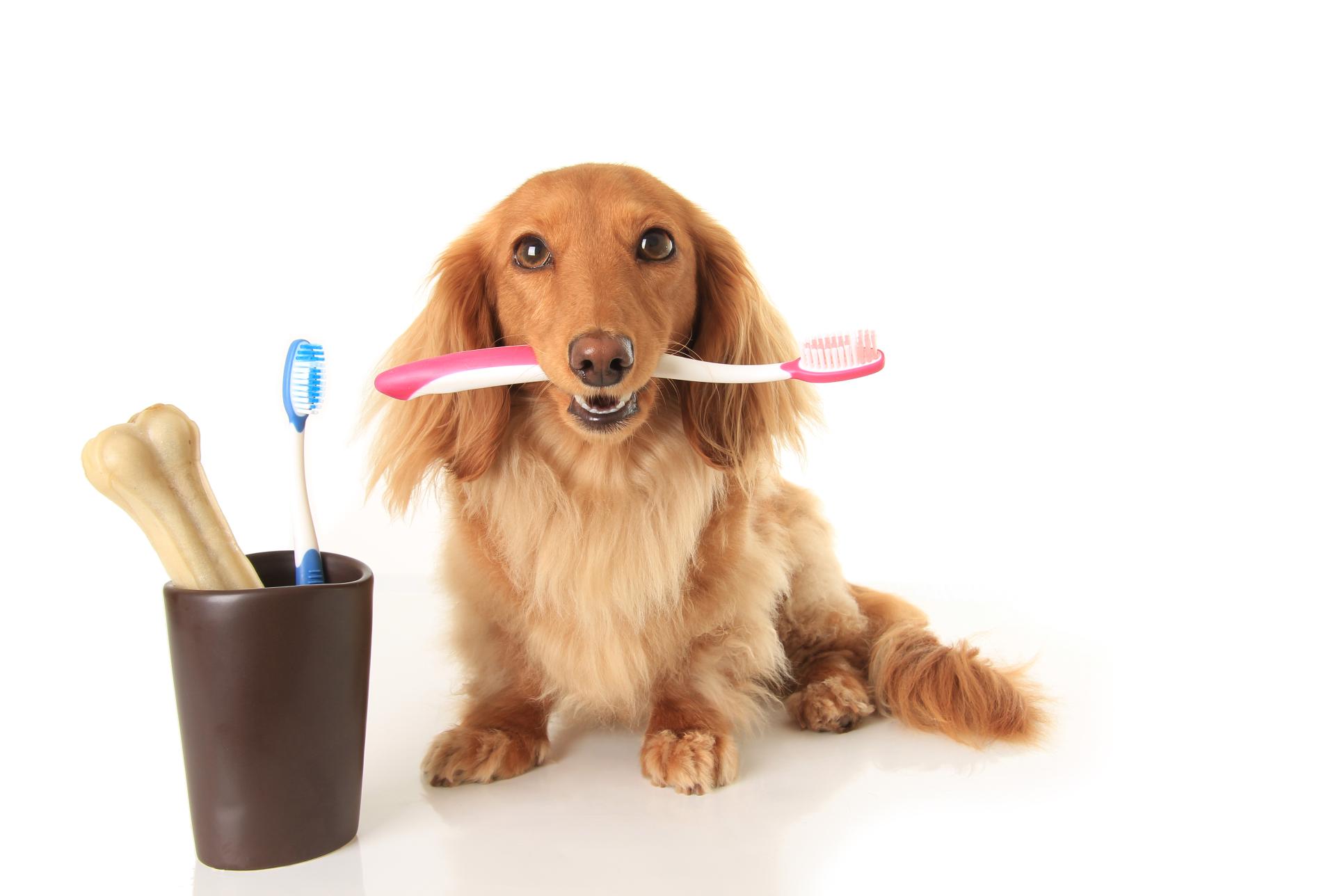Recognizing and Managing Tooth Decay Signs in Dogs and Cats

Proper dental care isn’t just important for humans–it’s also important for our pets! Dental care for dogs and cats should be a joint effort between you and your veterinarian. This will make it easier for you to help your pet avoid tooth decay. Start by learning how to recognize and manage tooth decay signs in dogs and cats:
Common Signs of Tooth Decay in Dogs and Cats
Even if dental care for cats or dogs is a priority for you as a pet owner, it is still important to know how to spot signs of tooth decay. That way, you’ll be able to take action sooner rather than later so you can help your pet enjoy better dental health. Some of the most common signs of tooth decay in dogs and cats include:
- Bad Breath – Dogs and cats may not be known for having the freshest breath, but you should still keep an eye (or nose) out for extreme cases of bad breath, as this is one of the most common signs of tooth decay. Decay causes bacteria to develop, which results in a foul smell.
- Plaque and Tartar Buildup – Your dentist has likely told you that brushing and flossing are important for removing plaque and preventing tartar. This is also true for your pets! Plaque is a sticky film that accumulates on the teeth when they are not cleaned properly or often enough. Plaque turns into tartar, which can lead to tooth erosion.
- Reduced Appetite – If your pet seems to have lost their appetite, it could be a sign of tooth decay. This dental issue can make it painful for your pet to eat, which can lead to them refusing to eat altogether.
- Discoloration – Tooth decay can cause yellowish and brown stains to appear on the teeth. Inspect your pet’s teeth regularly so you can spot any signs of discoloration as soon as possible.
Managing Tooth Decay in Dogs and Cats
The best way to manage tooth decay is to help your pet avoid getting it in the first place. Proper dental care for cats and dogs should include:
- A Nutritious Diet – Your pet’s diet plays an important role in their dental health. Talk to your veterinarian about pet food that can help reduce plaque development.
- Regular Cleaning – Dog owners should brush or wipe their dogs’ teeth once a day, while cat owners should wipe their cats’ teeth with a cotton swab twice a day.
If your pet is already suffering from tooth decay, it’s important to see your veterinarian as soon as possible to discuss treatment options. Depending on the severity of the decay, your veterinarian may recommend bonding agents, fillings, or tooth removal.
If you are worried that your dog or cat is dealing with tooth decay, you can contact the Southlake veterinarian team here at The Vet Gal and Guys. We offer dental care for dogs and cats, including tooth extractions for dogs and cats, oral surgery for dogs and cats, and more. Call us today at (817) 733-3011.


